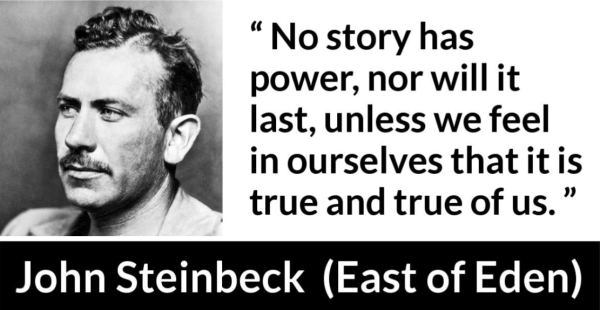Lights! Camera! …Again?
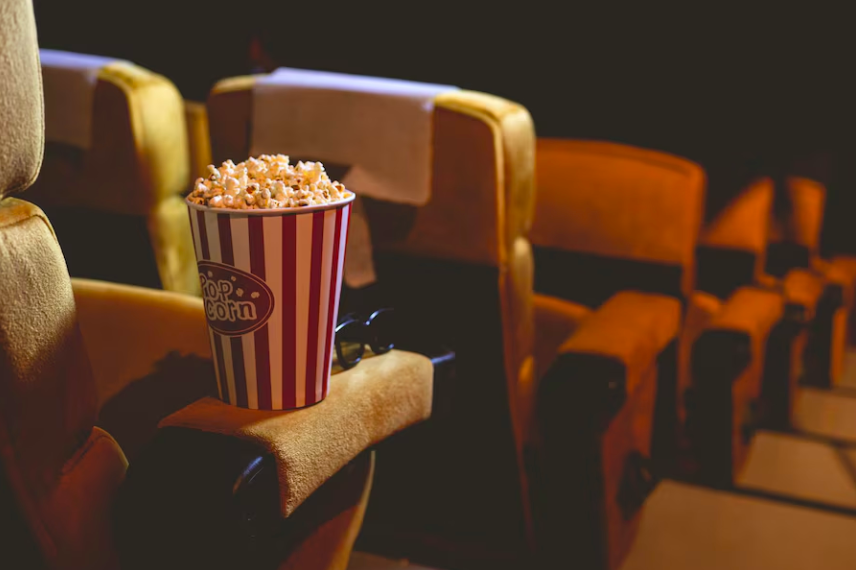
Let’s say you are comfortably situated in your room, nestled in the seat of a local theater or relaxed in your living room. You are watching a newly released movie! As you chow down on popcorn and sweet treats, unbeknownst to you, this movie’s concept was already done. This movie is a sequel AND a remake. This movie reuses CGI footage. This movie contains biased undertones, AND its characters are fabricated rather than authentic. Had you known these facts, would you still feel drawn to this movie? Would you still find yourself entranced by the movie’s plot, setting and characters? Or, in disappointment, would you think that time is slowly but surely eating away your desire to keep watching the film?

When was the last time you saw a movie? How did it compare to films you had seen in the past? Could you point out similarities or differences between them?
CUT! All these questions can be quite overwhelming. However, when you think about the importance of movies and their relevance to audience enjoyment, isn’t understanding a movie’s good foundations and qualities a massive priority? Apart from creating audience enjoyment, one of the movie industry’s most pivotal aspects is producing eye-catching masterpieces that can be admired for decades. If this is the case, why does it seem like movies of the 21st century lack this zest?
To answer this question, listed below are the common factors why some movies tend to be floppers rather than show-stoppers.
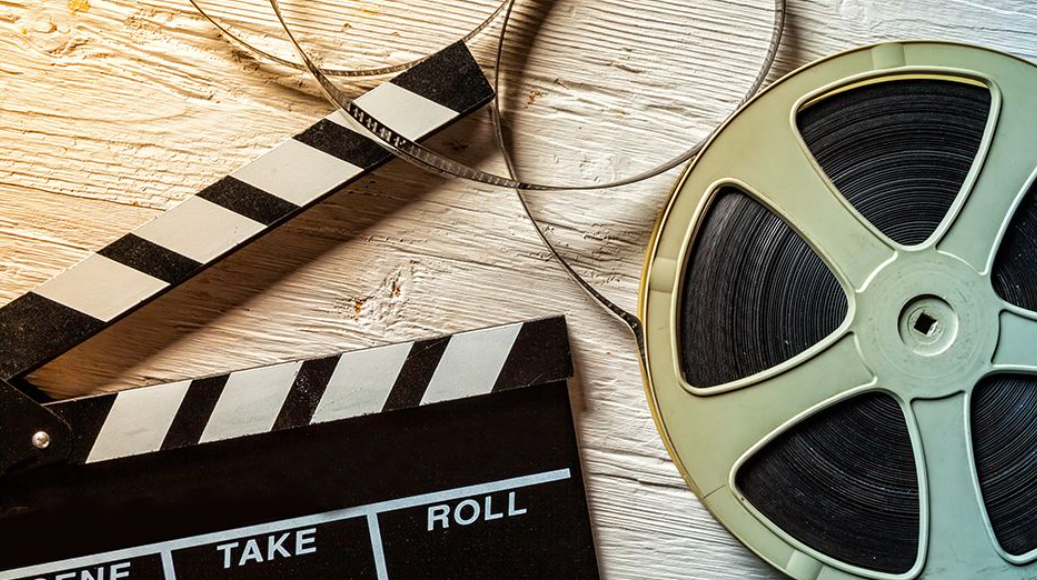
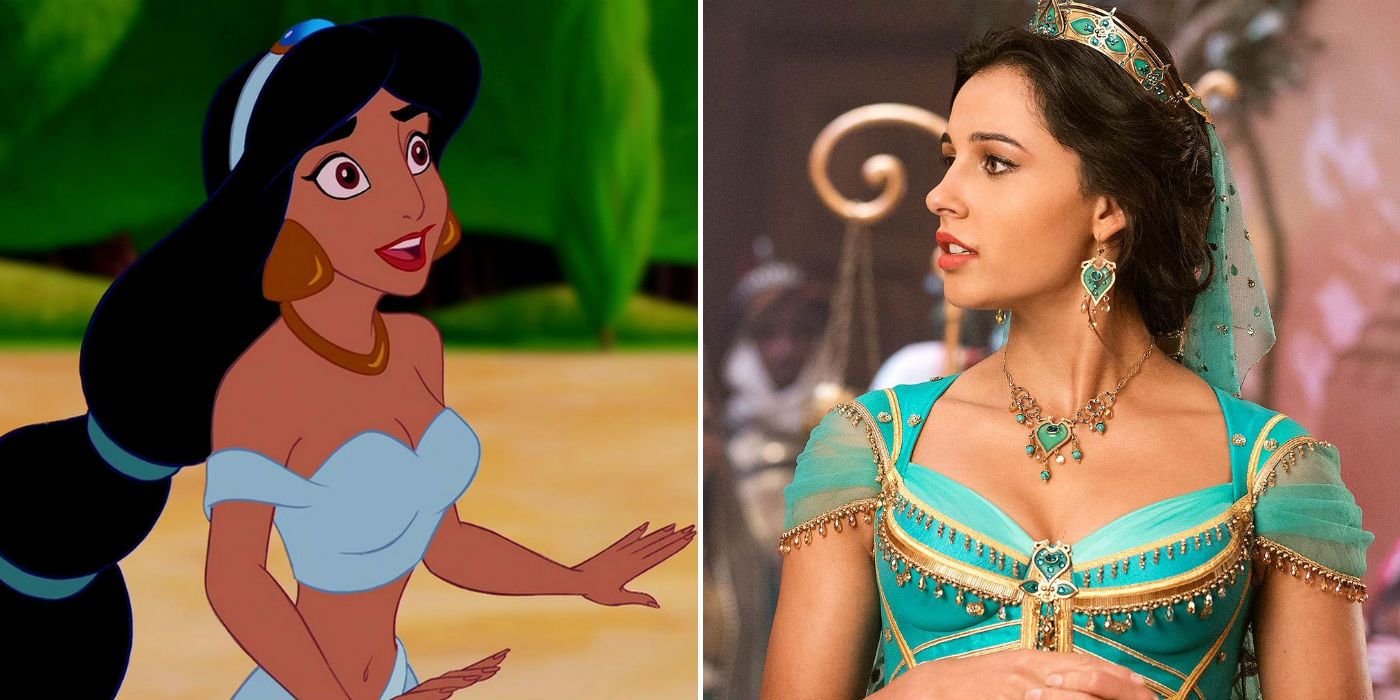
Remakes are common for degrading the quality of the movie industry by regurgitating content. Countless films from years prior are faced with reproduction; essentially, the film’s formatting is changed from one specific dimension to another (specifically live-action, 3D, or a combination of both).
Cranking out movies for money-grabs can imply less thoughtfulness and workers can remain stuck in mediocrity mindsets. Their attitudes and passions may not increase and the importance of releasing films shifts to just getting them completed. This can be seen as a lazy way of keeping up with a specific film company’s productions to increase revenue rather than increasing their overall audience’s attention. After all, why spend days, months, and years on a film that has already been done before? Well, Chris Hansen, an independent filmmaker and chair of the film and digital media department at Baylor University’s College of Arts and Sciences, says it all boils down to the consistency of and considerations made in marketing:

“[Marketing] is made much easier if the intellectual property already exists in the minds of the general public. People know who Batman is. People know who The Avengers are. Half or more of the marketing work is done.” states Hansen, “When the intellectual property is original, the studio’s marketing arm has to spend a lot more time and money acquainting viewers with the concept and generating interest.”
Logical, yes? As an example, Hansen brings to light an underrated, underperformed classic film by Disney titled “Tomorrowland:”

“Even though Tomorrowland as a concept originates from part of the Disney theme parks, the movie’s connection with it was somewhat tenuous, so it mostly operated as a piece of original intellectual property. And people didn’t flock to it. You might make the argument that people didn’t flock to it because the movie wasn’t as good as people hoped it would be. But the studios will point to how difficult it is to launch original stories as the primary reason for Tomorrowland’s failure to catch on.”
Despite these claims, movie remakes do not always reach success. For example, take the live-action adaptation of Walt Disney’s “Pinocchio.” The original film was released in 1940 and used 2D-style animation. Additionally, the film lasts around an hour and 27 minutes. On the other hand, the remake was released in 2022, combining both 3D animation and live-action and lasts around an hour and 51 minutes—that’s an additional 24 minutes spent on a movie that finished longer than the original. Let’s compare their rating on Rotten Tomatoes, a website designed for truthful, audience criticism that collects the overall data and opinions of movies and TV shows:
“I suppose the gamble is that you can ruin the appeal of the original,” Hansen says, “But it’s a very small gamble, because what generally happens is that, in the worst case scenario, if people hate the new movie you made that’s based on an existing intellectual property, they’re hating it because it doesn’t match their expectations of the original, and it makes them revere the original even more.”
This demonstrates just how much modern-day digital entertainment cannot live up to the same expectations, performance and significance of original films; recreation can lead to abominations of classics.

Sequels and prequels both accomplish one thing: they, like remakes, make money off of refurbished content. This is why creative productivity can get to all-time lows when bankable sequels/prequels are the number one strategy to keep an industry afloat. If executed repetitively, both sequels and prequels are prone to following a similar storyline and plot structure as the initial movie, keeping audiences engaged and the money flowing.
This is why, according to The Varsity, “…movie studios will follow where the money is, which happens to be in the pockets of moviegoers. If fans express their disinterest in unoriginal cash grabs disguised as continuations of popular franchises, movie studios will have to listen, or risk losing the trust of their customers.”
Essentially, the continuation of the promotion for a specific franchise of a movie only demonstrates the interest to continue money grabs. When this happens, movies stray away from touching the hearts of their audience and appear to only benefit the movie company or producers behind it.
Take for example “The Force Awakens,” a sequel film of George Lucas’ franchise, “Star Wars:” “Critics broke down every aspect of the films, including their [lackluster] dialogue, juvenile [humor], wooden acting, convoluted plots, and dreary art direction. It is safe to say that expectations were at an all-time low for the franchise, explaining the praise with which The Force Awakens was met immediately after its release… The film heavily retreads the story of the original Star Wars, retitled A New Hope in 1981. Both films feature orphans living on desert planets gifted with magical powers who, after receiving information hidden in a droid, set off with their new companions to destroy a superweapon created by an autocratic regime.”
Given the similar structure of the original and sequel films, nostalgia plays a heavy role in contributing to audience attendance, helping to rank up money for a film’s box office. In a way, these sequels and prequels act as scapegoats to continue old content rather than freshly create new content–which is exactly what “The Force Awakens” can act as towards “A New Hope.”

When it comes to crafting and creating art, everyone has an agenda. However, people have made those agendas more obvious over the years. Particularly, political agendas have been and are still inserted into countless movies. The differentiating factor is that movies have become less “subtle” about this approach, making them overtly in your face more often.
“Art imitates life and in a world where politics seeds itself into almost every aspect of life,” The Comenian, a newspaper of Moravian University, “Art will inevitably contain it as well. Without politics and political ideas, you would have empty husks of stories with nothing to say.
Regardless of your political ideology, having political ideas in entertainment… [helps] to separate us from our physical world and can help us see new ideas and perspectives we otherwise wouldn’t have seen.”
The use of deliberate, political insertions in movies and the repetitive usage of certain agendas in the entertainment industry can be classified as an age of wokeness (a period in which new, most of the time liberal, ideas are at a peak).
Too much liberal or conservative media can hurt the opposing party, making filmmaking and the movie industry more than just a social commentary device. Access to excessive amounts of agendas and social activism can masquerade the integrity of films.
According to MovieWeb, “When used effectively, social commentaries in films can often highlight and bring attention to divisive and serious issues, sometimes sparking much-needed dialogues about them.” MovieWeb continues by stating that films that feature too much woke-ness often appear as though they are “forcing cultural agendas down audiences’ throats, they can often kill the plots of such movies, or at least draw attention away from what could’ve been a gripping narrative.”


As SSA senior Gracyn Dunavant comments, “Instead of thinking of the directors getting the money, think of the production crew that is often the unsung heroes.”
When in production, movies must undergo a process of scripting the film before the actual production of such film is achievable. This involves drafting ideas, characters, story elements, and the overall plot of the story itself.
If a draft idea seems presentable, reasonable, and creative enough to engage its audience, why then do some ideas become scrapped?
Well, originality is sacred when it comes to drafting ideas for movies. If a concept is too similar to something already produced, rather than being admired as an original piece, it has the potential to be viewed as a copy of an already original piece of media.
However, despite similarities that can arise when drafting/pitching ideas for a movie, sometimes the ideas that did not make the final cut of the film are ones that the film’s audiences admire more than the movie itself.
Take Disney’s animated film Wish, for example. Script potential and character concepts were tossed aside for a more generic storyline and character designs. While this could have been done to appease younger audiences, when glancing at the footage scrapped, it presents a fascinating uniqueness that could have raised the overall rating of the film.
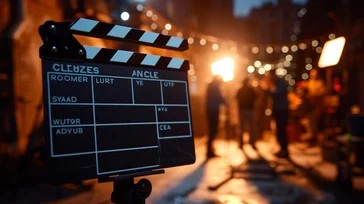
Can you guess what helps carry the story of a movie? CHARACTERS! Characters help the audience connect to something relatable, given a specific character’s motivation, ideas, persona, or backstory. Since cultural agenda can kill the plot, it can kill a character concept, making audiences feel disconnected and less involved in a movie.
After collecting poll data from SSA students, many girls felt like characters that embodied the top three qualities that attracted them as audience members: humor, motivation, and romance. Additionally, the girls included other qualities that characters could benefit from.
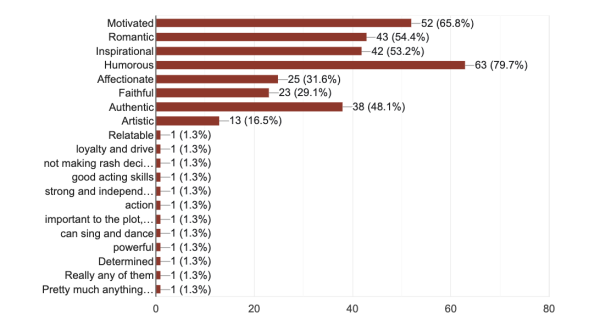
They also provided commentary on the female-oriented characters that stand out the most to them. Some outstanding responses include the following:
However, in addition to standing out in female roles, the girls commented on female characters that misrepresent their generation of females. Responses include…
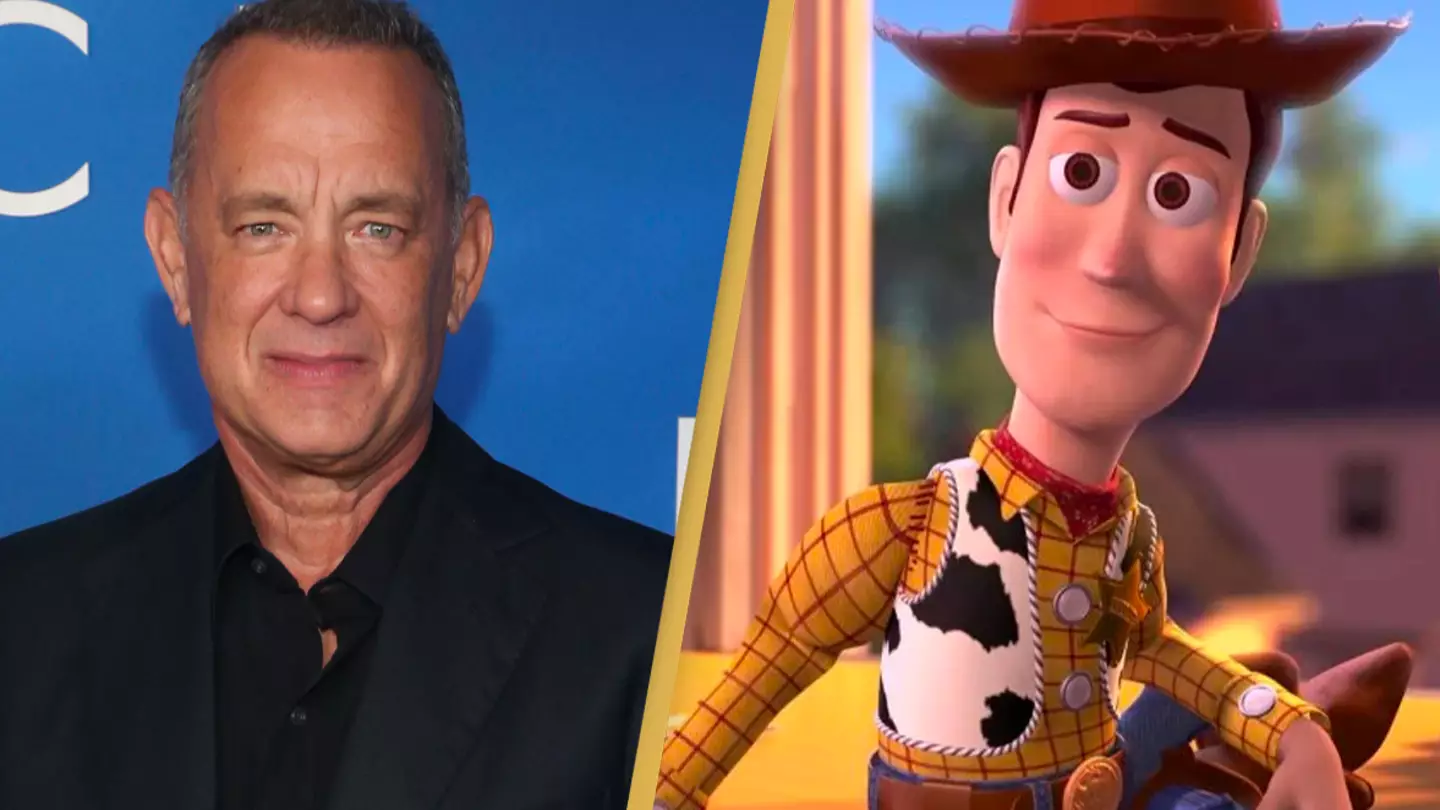
Another contributing factor of non-relatable characters is character casting. When an actor is cast for a specific role, it is up to directors to determine if this person can truly convey a character unlike any other, bringing the character to life in a story. Actors taking up the public eye can face backlash, as they are shown too much in films that could have performed better with less recognizable actors or actors that have not yet reached the public eye.


Impacting animators, actors, and screenwriters, the usage of Artificial Intelligence is not only a horrific scare for the movie industry but presents an essentially artificial alternative to human passion when creating art. From scripting dialogues to designing a storyline to creating characters and drafting music, AI has the capability and potential to generate dialogues and storylines in less time than humanly possible.
Justine Bateman, a filmmaker with a degree in computer science and digital media management from UCLA notes AI’s danger, stating that it “can create a convincing simulation of a human actor, and the tech is improving at an alarming rate… [If it] can do this with actors, [it] can do it with writers, directors, cinematographers — everyone. We’ll be replaced with Frankenstein spoonfuls of our own work.”
On the other hand, Sunny Dhillon, a managing partner at venture capital firm Kyber Knight Capital, notes that “We should look at AI as ‘augmented intelligence,’ rather than ‘artificial intelligence… [which will] let filmmakers work faster and cheaper and make movies that are more compelling.”
After all, generative AI (or “advanced computing platforms that can create new text and imagery based on reams of existing reference material”) has made improvements in regards to captivating VFX such as de-aging actors for specific roles and translating/dubbing scenes in other languages. Another example of AI’s usefulness is a program founded by Monica Landers, the CEO of the Austin-based company StoryFit. StoryFit’s main motives are to analyze screenplays, break down scripts and identify if the elements/characters in a story truly resonate with audiences.
Despite these positives, filmmaker James Cameron, who worked on movies such as “The Terminator,” “Avatar” and “Titanic,” has no desire to use AI to write a script: AI is “a disembodied mind that’s just regurgitating what other embodied minds have said,” notes Cameron, “[It will never] have something that’s going to move an audience… [to CTV News] Let’s wait 20 years, and if an AI wins an Oscar for best screenplay, I think we’ve got to take them seriously.”
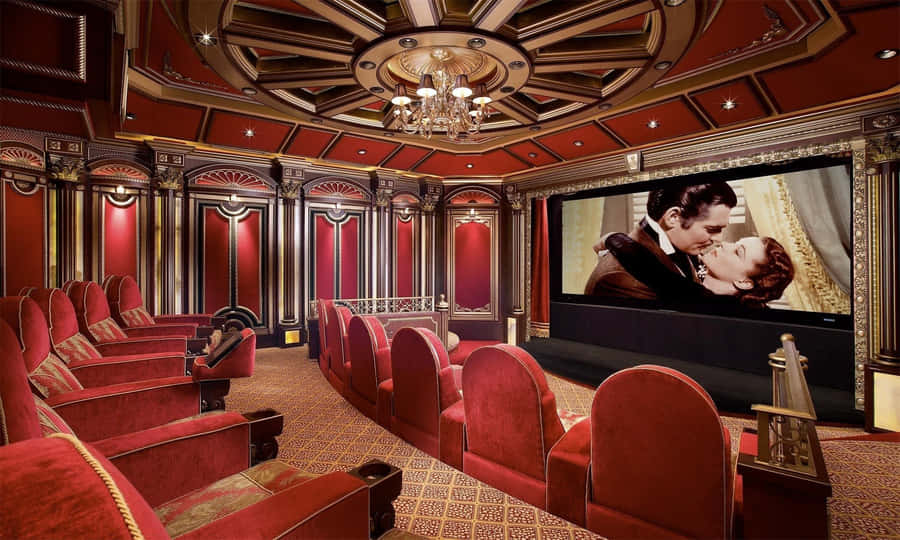
Thematic stories in movies must do the following:
For more on understanding the core features of movies, visit the link and watch the video below!



